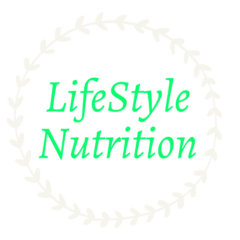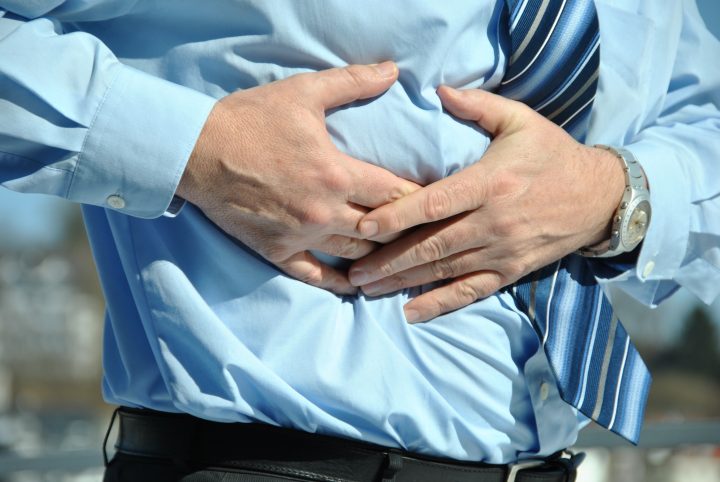What Is Acid Reflux?
Acid reflux is a common condition that features a burning pain, known as heartburn, in the lower chest area. It happens when stomach acid flows back up into the food pipe. Gastroesophageal reflux disease (GERD) is diagnosed
when acid reflux occurs more than twice a week.
Some GERD sufferers may also experience pain in the chest, cough, morning hoarseness, voice changes, difficulty swallowing (especially lumpy foods), chronic earache, burning chest pains, nausea, or sinusitis. Some patients report a sensation that reminds food stuck, choking, or tightness in the throat.
This happens due to continuous stomach contents acid flow that comes into contact with the esophagus and causes inflammation of the esophagus resulting in scars from tissue damage.
What Are The Symptoms of Acid Reflux?
The most common symptom of GERD is persistent heartburn. Heartburn is experienced as an unpleasant and painful burning sensation in the esophageal area. Other typical symptoms are as follows:
1. Gastric regurgitation, which means an unrestricted reversed flow of gastric or esophageal contents into the throat. This gastric fluid can cause respiratory complications under certain conditions.
2. Odynophagia, which means pain when swallowing.
3. Dysphagia, which means difficulty swallowing, or the feeling of food stuck in the throat.
In addition to the above, about 50% of all gastroesophageal reflux disease sufferers report the co-occurrence of sinonasal symptoms (i. e. symptoms pertaining to the nose and sinuses).
Finally, acid reflux can also harm the vocal cords (hoarseness, laryngitis, cancer), ears (otitis media), and teeth (enamel decay). Being able to identify those symptoms as GERD related is of great importance to your health and general well being and
for the prevention of potential complications.
Acid reflux symptoms might serve as evidence of severe overall internal imbalance. In addition to that, neglected gastroesophageal reflux disease can lead to significant physical discomfort and sometimes can result in chronic and even dangerous health conditions, such as esophageal cancer and pneumonia.
Causes of Acid Reflux
1.- Eating large meals or lying down right after a meal.
2.- Being overweight or obese.
3.- Eating a heavy meal and lying on your back or bending over at the waist.
4.- Snacking close to bedtime.
5.- Eating certain foods, such as citrus, tomato, chocolate, mint, garlic, onions, or spicy or fatty foods.
Acid reflux can also be the result of fungal yeast infection that builds up in the colon.
When Candida albicans turn from yeast to fungi, they depress the immune system and produce more than 79 distinct toxins that may be responsible for many of the symptoms that Candida sufferers have including heartburn.
Acid Reflux – Foods to Avoid
The foods we consume play an important role when it comes to keeping our body’s delicate natural inner balance.
Since certain foods and dietary habits have been found to, directly and indirectly, promote the aggravation of acid reflux, avoiding those foods and adopting specific dietary habits for optimal digestion while suffering from acid reflux could have a tremendously positive effect on your existing medical condition.
The following are examples of these types of foods:
1. Coffee and other caffeine-containing beverages lead to increased acidity, so avoid large amounts of coffee.
Try to limit your daily coffee consumption to two cups or less. If possible, split your coffee cup into two half cups, and reduce coffee drinking before bedtime.
2. Alcohol can irritate the stomach and relax the LES muscle, leading to increased acidity and reflux.
3. High-fat foods are among the biggest culprits behind GERD symptoms. They take longer to digest and not easily eliminated out of the body, thus increasing the chances acid will splash up into your esophagus.
The only exceptions are omega-3 fatty acids
from fish and fish oil, which are in fact powerful anti-inflammatory agents.
4. Chocolate contains a great deal of caffeine and fat. This may increase acidity and worsen digestion and hence should be avoided. If you are a devoted chocolate enthusiast, go for dark, organic varieties, and eat no more then two to three tiny
squares two to three times per week.
5. Milk and milk-based products that contain a big proportion of calcium should also be avoided before bedtime.
6. Peppermint, spearmint, and other mints can worsen acid reflux symptoms. Avoid foods that contain strong mints, including mint-based herbal teas.
7. Acidic foods (such as oranges and tomatoes) and cruciferous vegetables (onions, cabbage, cauliflower, broccoli, spinach, brussels sprouts) promote the opening of the esophageal sphincter, thus increasing acid reflux.
In conclusion
With these dietary changes and a healthy motivation to alter your lifestyle, you can be on your way to overcoming gastroesophageal reflux disease and improving the quality of your life and well-being.
Whatever your medical condition is, when you finally decide to improve your quality of life, you can literally choose to cure GERD and prevent its recurrence, by adopting the holistic approach. You will then have, the power to make it happen.
Acknowledgement..
This article is based on the book, “Heartburn No More” by Jeff Martin. Jeff is an author, researcher, nutritionist and health consultant who dedicated his life to creating the ultimate acid reflux solution guaranteed to permanently reverse the root cause of heartburn and acid reflux.
and naturally and dramatically improve the overall quality of your life, without the use prescription medication and without any surgical procedures. Learn more by visiting his website by clicking the link below



